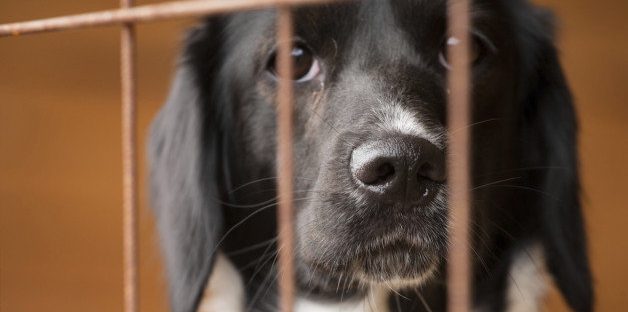Watching the news, watching the divisiveness caused by the elections and watching interactions in our daily lives, we realize we are living in very scary times—[a]nd everything we see and experience is amplified in the eyes of our children. Children learn by watching adults. According to Love to Know, babies and toddlers learn by observing … Continue reading Random Acts of Kindness Define Who We Really Are
For the Love of Animals
While on Valentine’s Day, we show our love for other humans, February 20th is “National Love-Your-Pet Day,” where we turn to our four-legged friends to show them how much we love having them around. The Humane Society estimates there are 67 million [U.S.] households that have pets. [...] The pet industry made $58 billion in … Continue reading For the Love of Animals
Can’t Stop the Giving
Now that the season of giving is officially over, we are approaching the harshest time of year, when underprivileged, poor and homeless fellow Americans need our help the most. The average high [temperature] across the United States in January is 42° F and the average low is 27°, [making it[ the coldest month of the … Continue reading Can’t Stop the Giving
Donating: Is It the American Way?
In the United States, there are 1,429,801 tax-exempt organizations made up of 966,599 public charities; 96,584 private foundations; and 366,618 other types of nonprofits, including chambers of commerce, fraternal organizations and civic leagues, according to the National Center for Charitable Statistics. These [tax-exempt] organizations paid for 9.2% of all wages in [our nation last year] … Continue reading Donating: Is It the American Way?
Back to School: It’s Make-It-or-Break-It Time for the Economy
Spending this fall for students K-12 is expected to drop 12%, according to a National Retail Federation survey reported in The Wall Street Journal. The average that will be spent on each kid is $634.78, down from $688.62 in 2012. Even those going to college are expecting decreases from $836.80 this year [compared to] $907.22 … Continue reading Back to School: It’s Make-It-or-Break-It Time for the Economy
To Give or Not to Give
Every day, we read about famous Americans supporting nonprofit organizations, [whether it's] Warren Buffett, the Bill & Melinda Gates Foundation, [the] Lilly Endowment, the Walton Family Foundation or the Ford Foundation. [Many wealthy] and middle-class Americans [alike] give because it is the right thing to do, and they do not need recognition because philanthropy is … Continue reading To Give or Not to Give
The Poor, the Elderly, the Disabled Stand to Lose the Most
More Americans used food stamps to buy their Thanksgiving dinner than any time in our history according to U.S. News & World Report. Forty-two million of us are on food stamps, and the food-stamp program (now called the Supplemental Nutrition Assistance Program, or "SNAP") cost the U.S. government $72 billion last year. This means one … Continue reading The Poor, the Elderly, the Disabled Stand to Lose the Most
